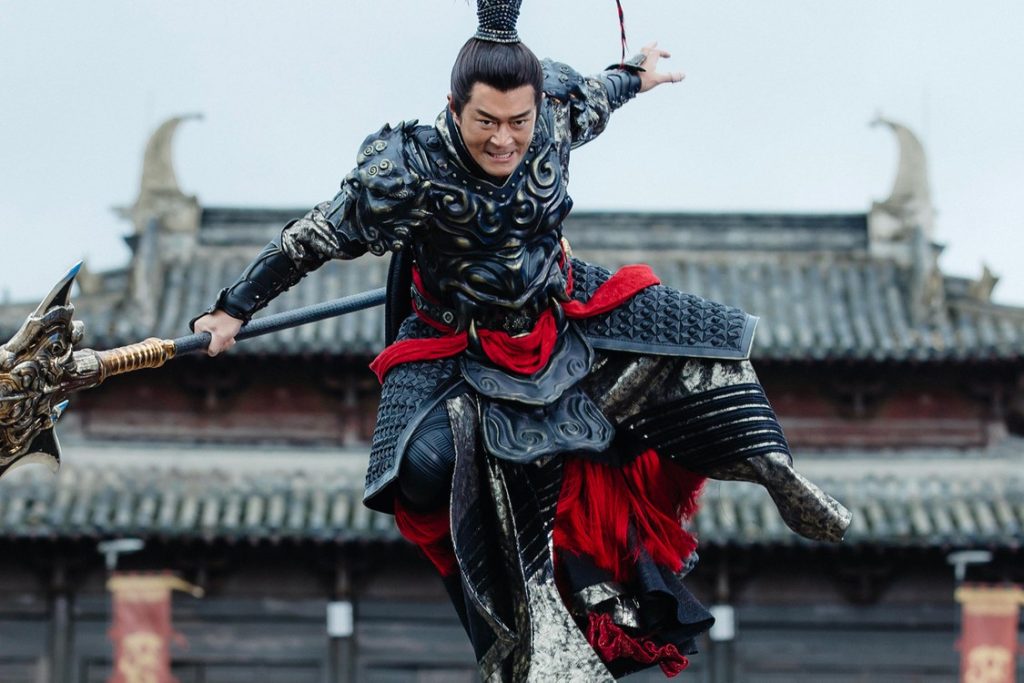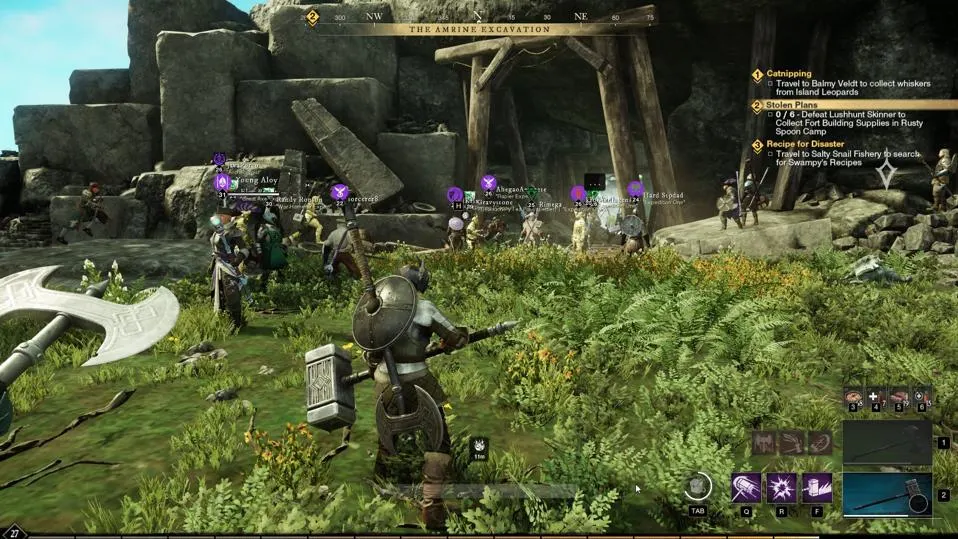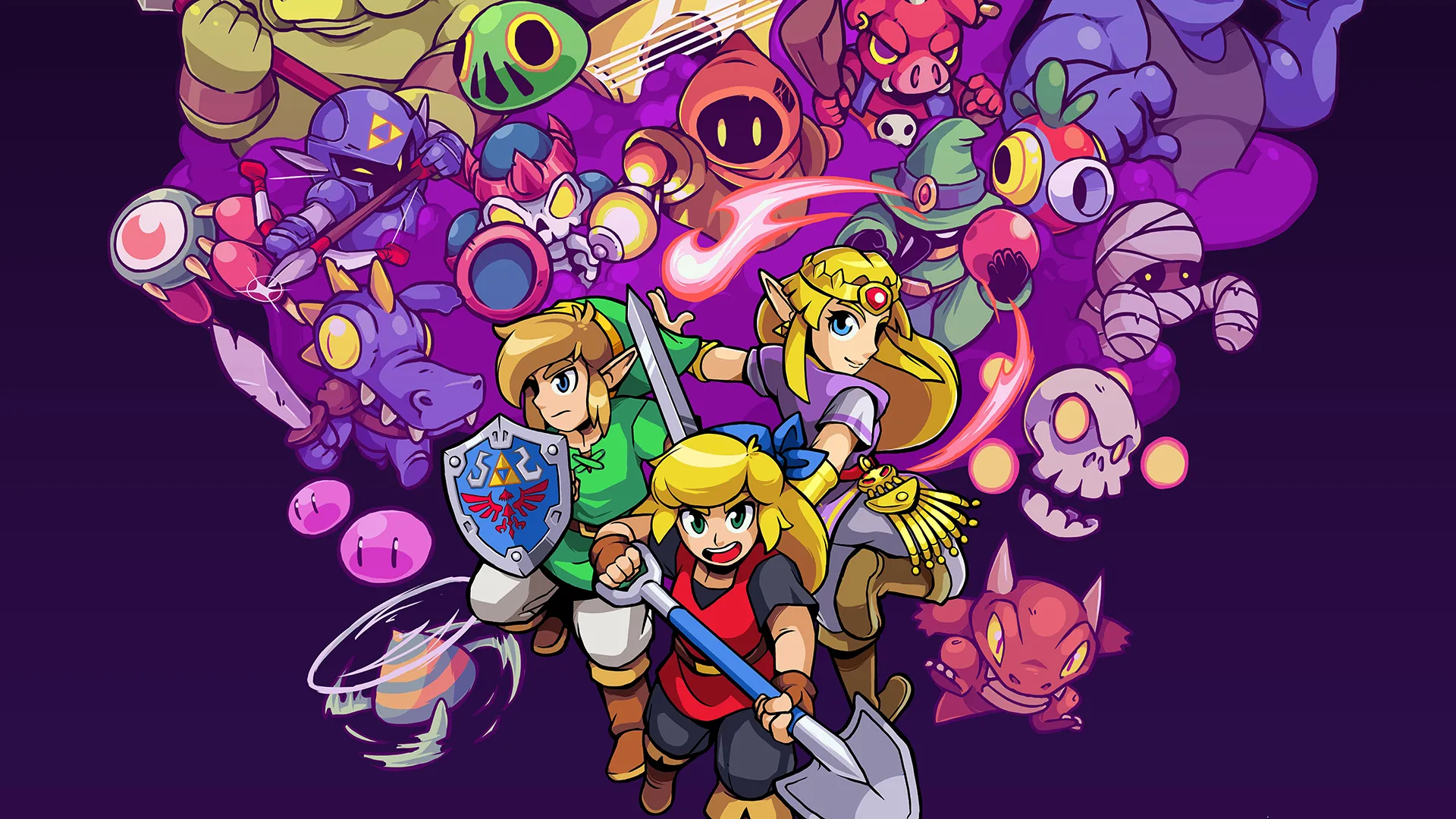introductions
“China Warrior,” released in 1987 by Hudson Soft for the TurboGrafx-16 (known as the PC Engine in Japan), is a side-scrolling beat ’em up game that captured the attention of gamers with its large character sprites and straightforward gameplay. While it may not be as well-known as other titles from its era, “China Warrior” has earned a place in gaming history for its unique approach to the beat ’em up genre. This article will delve into the gameplay mechanics, visual design, critical reception, and cultural impact of “China Warrior.” Additionally, we’ll answer some frequently asked questions to provide a comprehensive understanding of the game.
Introduction to China Warrior
What is China Warrior?
“China Warrior” is a side-scrolling beat ’em up game that was developed and published by Hudson Soft. Released in 1987 for the TurboGrafx-16, the game was known for its large, detailed character sprites and simple yet engaging gameplay. Players take on the role of a martial artist named Wang, who must fight his way through hordes of enemies to defeat the evil ruler, The Dark Emperor.
The Significance of China Warrior in Gaming History
While “China Warrior” may not have achieved the same level of fame as other beat ’em up games of its time, it is significant for several reasons:
- Early TurboGrafx-16 Title: “China Warrior” was one of the first games released for the TurboGrafx-16, showcasing the console’s graphical capabilities, particularly its ability to render large character sprites.
- Unique Visual Style: The game’s visual style, with its large characters and detailed backgrounds, set it apart from other games in the genre, making it a memorable title for those who played it during its release.
Gameplay Mechanics and Features
Overview of China Warrior’s Gameplay
“China Warrior” features straightforward gameplay that is typical of the beat ’em up genre. Players control Wang, a martial artist who moves from left to right across the screen, fighting off waves of enemies using punches, kicks, and special moves.
Key Gameplay Elements
- Side-Scrolling Action: Players move through linear levels, battling enemies that appear from both sides of the screen. The goal is to reach the end of each level, where a boss fight awaits.
- Combat Mechanics: Wang can perform a variety of attacks, including punches, kicks, and jumping strikes. The combat is simple but requires precise timing to defeat enemies effectively.
- Health System: Wang has a health bar that decreases when he takes damage from enemies or projectiles. Players must manage their health carefully, as there are limited opportunities to recover health during levels.
- Power-Ups: Throughout the game, players can collect power-ups that increase Wang’s strength or replenish his health. These power-ups are essential for surviving the tougher levels and bosses.
Levels and Boss Fights
“China Warrior” consists of four stages, each with multiple levels. The stages are themed around different environments, such as mountains, forests, and temples, with unique enemies and hazards. At the end of each stage, players must defeat a boss, which requires learning attack patterns and exploiting weaknesses.
Stage Highlights
- Stage 1: The Mountains: The first stage introduces players to the game’s basic mechanics, with straightforward enemies and obstacles. The boss of this stage is a giant warrior who tests the player’s ability to dodge and counterattack.
- Stage 2: The Forest: In this stage, players face faster and more aggressive enemies. The forest setting provides a visually distinct environment, with enemies that use different tactics, such as throwing projectiles.
- Stage 3: The Temple: The third stage is set in a temple, featuring enemies that are tougher and more varied. The boss is a skilled martial artist who uses a combination of fast strikes and acrobatics.
- Stage 4: The Dark Emperor’s Lair: The final stage is the most challenging, with relentless enemies and environmental hazards. The final boss, The Dark Emperor, requires precise timing and strategy to defeat, as he has multiple attack phases.
Visual and Audio Design
Visual Style and Graphics of China Warrior
“China Warrior” is notable for its visual design, particularly the large character sprites that dominate the screen. This design choice was made to showcase the TurboGrafx-16’s graphical capabilities, which were advanced for its time.
Character Sprites
- Large Sprites: One of the defining features of “China Warrior” is the size of its character sprites. Wang, the protagonist, takes up a significant portion of the screen, making him one of the largest player-controlled characters in gaming at the time.
- Detailed Animations: The game’s animations are fluid, with each punch and kick rendered in detail. This focus on animation helped convey the power and impact of Wang’s attacks.
Audio Design and Music
The audio design of “China Warrior” complements its visual style, with music and sound effects that enhance the gameplay experience.
Soundtrack
- Traditional Chinese Music: The game’s soundtrack features music inspired by traditional Chinese melodies, which adds to the cultural atmosphere of the game. The music changes in intensity depending on the level and the situation, creating a dynamic audio experience.
Sound Effects
- Impactful Sound Effects: The sound effects in “China Warrior” are designed to emphasize the power of Wang’s attacks. Punches and kicks are accompanied by sharp, impactful sounds that make combat feel satisfying.
Critical Reception of China Warrior
Reviews and Opinions
“China Warrior” received mixed reviews upon its release. While some praised its visual design and unique approach to the beat ’em up genre, others criticized its gameplay and lack of depth.
Positive Reviews
- Visual Design: Reviewers were generally impressed by the game’s graphics, particularly the large character sprites and detailed animations. The game’s visual style was seen as a showcase of the TurboGrafx-16’s capabilities.
- Simple Gameplay: Some players appreciated the simplicity of “China Warrior,” noting that it was easy to pick up and play. The straightforward combat mechanics were seen as a strength by those who enjoyed classic beat ’em up games.
Negative Reviews
- Repetitive Gameplay: One of the main criticisms of “China Warrior” was its repetitive gameplay. Reviewers noted that the lack of variety in enemies and attacks made the game feel monotonous after a few levels.
- Difficulty Balance: Some players found the game’s difficulty to be uneven, with certain levels and bosses being frustratingly difficult. The lack of continues or checkpoints also made the game more challenging than it needed to be.
- Limited Replay Value: Due to its short length and lack of additional content, “China Warrior” was criticized for having limited replay value. Once players completed the game, there was little incentive to return to it.
Legacy and Cultural Impact
While “China Warrior” may not have been a critical success, it has earned a place in gaming history as an early example of the beat ’em up genre on the TurboGrafx-16.
Influence on Future Games
- Large Character Sprites: “China Warrior” influenced other games that used large character sprites to create a more cinematic experience. This design choice would be seen in later beat ’em up games and fighting games.
- Cultural Representation: The game’s use of traditional Chinese themes and music contributed to the growing interest in cultural representation in video games. While not entirely accurate, “China Warrior” was one of the early examples of a game attempting to portray a specific cultural setting.
Nostalgia and Retro Gaming
- Retro Gaming Appeal: In recent years, “China Warrior” has found a new audience among retro gaming enthusiasts. The game’s unique visual style and place in gaming history make it a curiosity for those interested in the evolution of video games.
China Warrior Game Official Trailer by Comprehensive Review
Frequently Asked Questions (FAQ) About China Warrior
Q1: What is the story of China Warrior?
A: “China Warrior” follows the story of Wang, a martial artist on a quest to defeat The Dark Emperor, an evil ruler who has taken control of the land. Wang must fight his way through four stages, each filled with enemies and obstacles, to reach The Dark Emperor’s lair and restore peace to the region.
Q2: How many levels are in China Warrior?
A: “China Warrior” consists of four stages, each with multiple levels. The stages are themed around different environments, such as mountains, forests, and temples, culminating in a boss fight at the end of each stage.
Q3: What platforms is China Warrior available on?
A: Originally released for the TurboGrafx-16 (PC Engine) in 1987, “China Warrior” was later re-released on the Wii Virtual Console in 2007. The game is primarily associated with the TurboGrafx-16, but it can be played on other platforms through emulation or retro gaming collections.
Q4: Is China Warrior a difficult game?
A: “China Warrior” is considered a challenging game, particularly due to its limited continues and the difficulty of certain levels and bosses. The game’s large character sprites can make it difficult to avoid enemy attacks, and the lack of checkpoints means players must start over from the beginning of a level if they lose all their lives.
Q5: Can you play China Warrior with two players?
A: No, “China Warrior” is a single-player game. The game does not include any multiplayer modes or co-op features.
Q6: What makes China Warrior different from other beat ’em up games?
A: “China Warrior” stands out from other beat ’em up games of its time due to its large character sprites and simple, straightforward gameplay. The game focuses more on visual presentation than complex mechanics, which was both a strength and a weakness depending on the player’s perspective.
Q7: How was China Warrior received by critics at the time of its release?
A: “China Warrior” received mixed reviews from critics. While its visual design and large character sprites were praised, the game was criticized for its repetitive gameplay, uneven difficulty, and lack of depth. Despite these criticisms, “China Warrior” remains a notable title for its unique approach to the beat ’em up genre.
Q8: Is China Warrior worth playing today?
A: For retro gaming enthusiasts and those interested in the history of video games, “China Warrior” is worth checking out as a curiosity. Its unique visual style and place in the evolution of the beat ’em up genre make it an interesting game to experience, even if its gameplay may not hold up to modern standards.
Conclusion: The Legacy of China Warrior
“China Warrior” may not be the most celebrated game in the beat ’em up genre, but it has earned a place in gaming history for its unique approach and visual design. While its gameplay may feel repetitive and challenging by today’s standards, the game’s large character sprites and traditional Chinese themes set it apart from other titles of its time. For those interested in retro gaming or the evolution of the TurboGrafx-16, “China Warrior” offers a glimpse into the early days of video game design and the experimentation that helped shape the industry.



